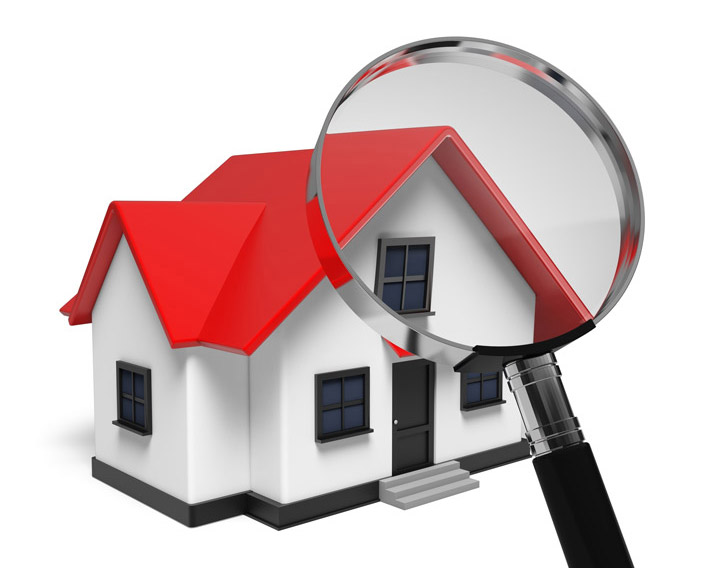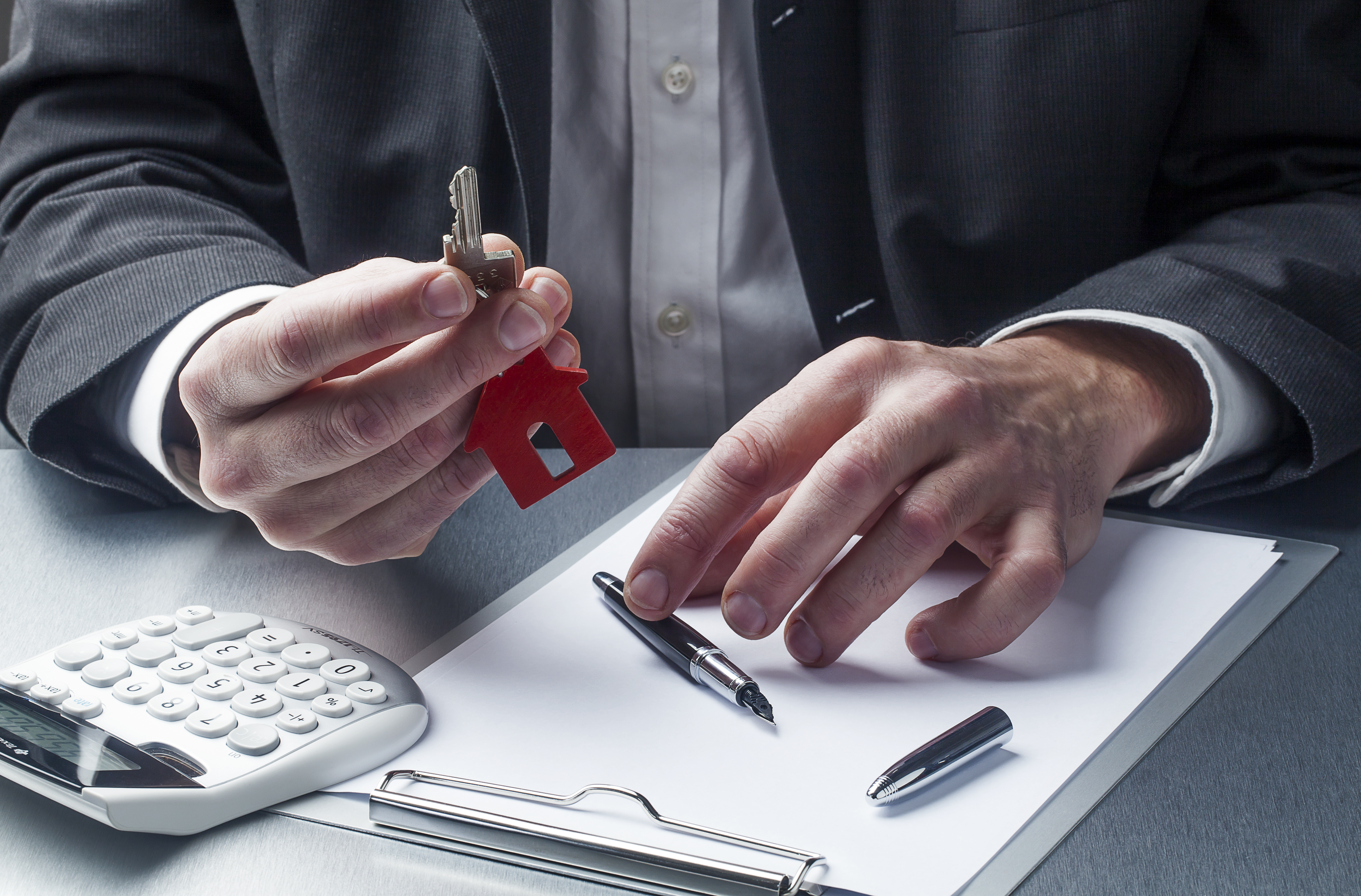
What Goes Into an Appraisal?Acquiring a home can be the most serious financial decision many of us will ever encounter. Purchasing real property is a complex transaction that requires multiple people working together to see it through. So, who makes sure the value of the property is in line with the amount being paid? This is where the appraiser comes in. We provide an unbiased opinion of what a buyer might expect to pay — or a seller receive — for a property, where both buyer and seller are informed parties. The inspection is where an appraisal beginsOur first task at is to inspect the property to determine its true status. We must actually view aspects of the property, such as the number of bedrooms and bathrooms, the location, living areas, etc, to ensure they truly exist and are in the shape a reasonable person would expect them to be. To ensure the stated square footage is accurate and describe the layout of the property, the inspection often entails creating a sketch of the floorplan. Most importantly, we look for any obvious features - or defects - that would affect the value of the house. Once the site has been inspected, we use two or three approaches to determining the value of the property: a sales comparison, a replacement cost calculation, and an income approach when rental properties are prevalent. 
Cost ApproachThis is where we gather information on local building costs, the cost of labor and other elements to figure out how much it would cost to replace the property being appraised. This figure often sets the maximum on what a property would sell for. The cost approach is also the least used method. 
Paired Sales AnalysisAppraisers can tell you a lot about the neighborhoods in which they appraise. They thoroughly understand the value of certain features to the people of that area. Then, the appraiser researches recent transactions in close proximity to the subject and finds properties which are 'comparable' to the real estate being appraised. By assigning a dollar value to certain items such as fireplaces, room layout, appliance upgrades, extra bathrooms or bedrooms, or quality of construction, we add or subtract from each comparable's sales price so that they more accurately portray the features of subject property.
After all differences have been accounted for, the appraiser reconciles the adjusted sales prices of all the comps and then derives an opinion of what the subject could sell for. This approach to value is often awarded the most weight in the appraisal process. Valuation Using the Income ApproachA third way of valuing a house is sometimes employed when a neighborhood has a reasonable number of rental properties. In this case, the amount of income the real estate yields is factored in with other rents in the area for comparable properties to determine the current value. The Bottom LineAnalyzing the data from all approaches, the appraiser is then ready to put down an estimated market value for the property at hand. The estimate of value on the appraisal report is not always the final sales price even though it is likely the best indication of a property's value. Depending on the specific circumstances of the buyer or seller, their level of urgency or a buyer's desire for that exact property, the closing price of a home can always be driven up or down. Regardless, the appraised value is typically employed as a guideline for lenders who don't want to loan a buyer more money than they could recover in the event they had to sell the property again. The bottom line is, an appraiser will help you establish the most fair and balanced property value, so you can make the most informed real estate decisions. |